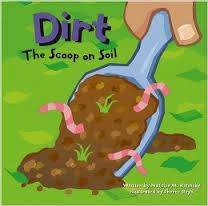
Dirt: The Scoop on Soil
This 24-page book discusses the nature of soil as well as it's uses. It is a great resource to teach students about soil, it's many forms, and the life that it supports.

This 24-page book discusses the nature of soil as well as it's uses. It is a great resource to teach students about soil, it's many forms, and the life that it supports.
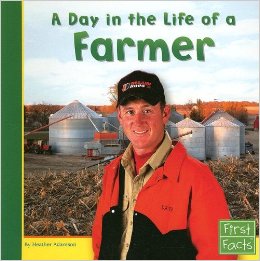
This question and answer based children's book shows students what it's like to be a farmer. The book is illustrated with photographs of the daily tasks of a farmer and includes fun farm facts. There is also a clock on each page to represent the time of day the chore is usually done. This book is an excellent addition to a lessons about careers, reading a clock, or learning about farms and farmers.
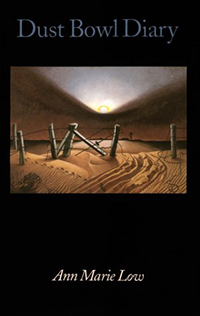
This is the diary of a young girl and includes her true account of the dust bowl. The book provides details and some humor. It would be great literature to accompany "Grapes of Wrath' or a class studying the dust bowl years in American History.
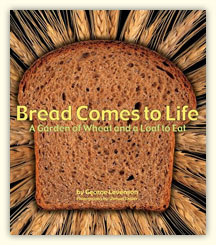
This book tells the story and includes photographs depicting the process of planting and growing wheat, processing it into flour, and then baking it into bread.

A boy experiences a cycle of mathematical progression in his plant harvest after a wizard offers him 2 seeds.
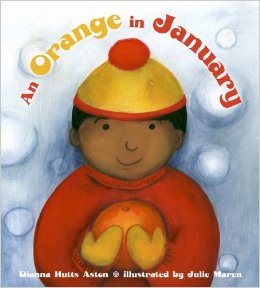
From blossom to the hands of a child, an orange is seemingly bursting with sunshine even on the coldest of January days. An Orange in January is a story about a child who shares his juicy orange segments on a cold day and feels the sunshine it brings to all.
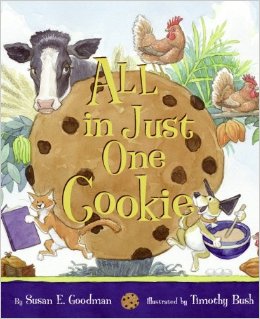
This book takes students on a world-wide exploration to find the source of each of the ingredients used to make chocolate chip cookies. "Visit" a dairy farm for the milk to make butter, Madagascar to find vanilla beans, and even a mine for baking soda and salt.
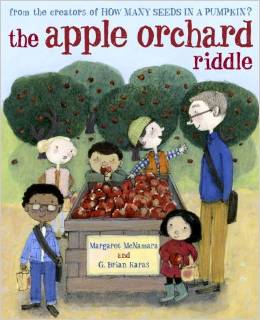
Mr. Tiffin takes his class on a field trip to the local apple orchard. This book teaches where apples are grown, names of different varieties of apples, and how apple cider and apple pie are made. Throughout the field trip students are trying to solve a riddle about apples.
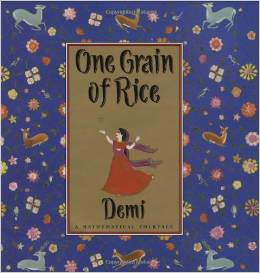
A mathematical folktale illustrating the concept of doubling using rice as the example.
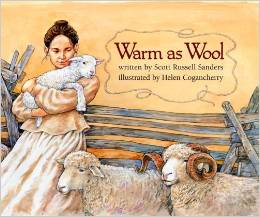
When Betsy Ward's family moves to Ohio from Connecticut in 1803, she brings along a sock-full of coins to buy sheep so that she can gather wool, spin cloth, and make clothes to keep her children warm. Based upon a true story.
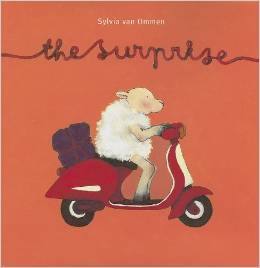
A sheep shears, dyes, and spins her wool into a wonderful surprise. True to its title, this wordless story will keep readers wondering what "sheep" is up to. After taking some measurements, she realizes that she has enough wool on her body to suit her purposes. She dyes the wool red, shears it off, and, donning a sweater to warm herself, takes the wool to a poodle to be spun into yarn. The sheep then works late into the night, knitting and sewing. Obviously she is preparing something special–but what is it? The final page turn brings a satisfying resolution to the mystery. Even the very young will be able to follow the story by reading the illustrations. A fine addition for wordless-book collections.
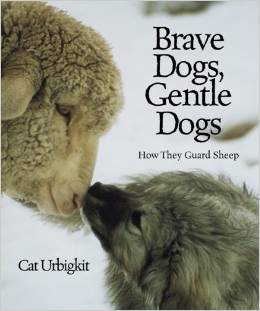
Sheep need protection from predators. Guardian dogs are used to protect the flocks from danger. This book provides a good introduction for how these animals are used in agriculture. Students will enjoy seeing the bond that these animals share. A good text for introducing how ranchers deal with predators and protection of their animals.